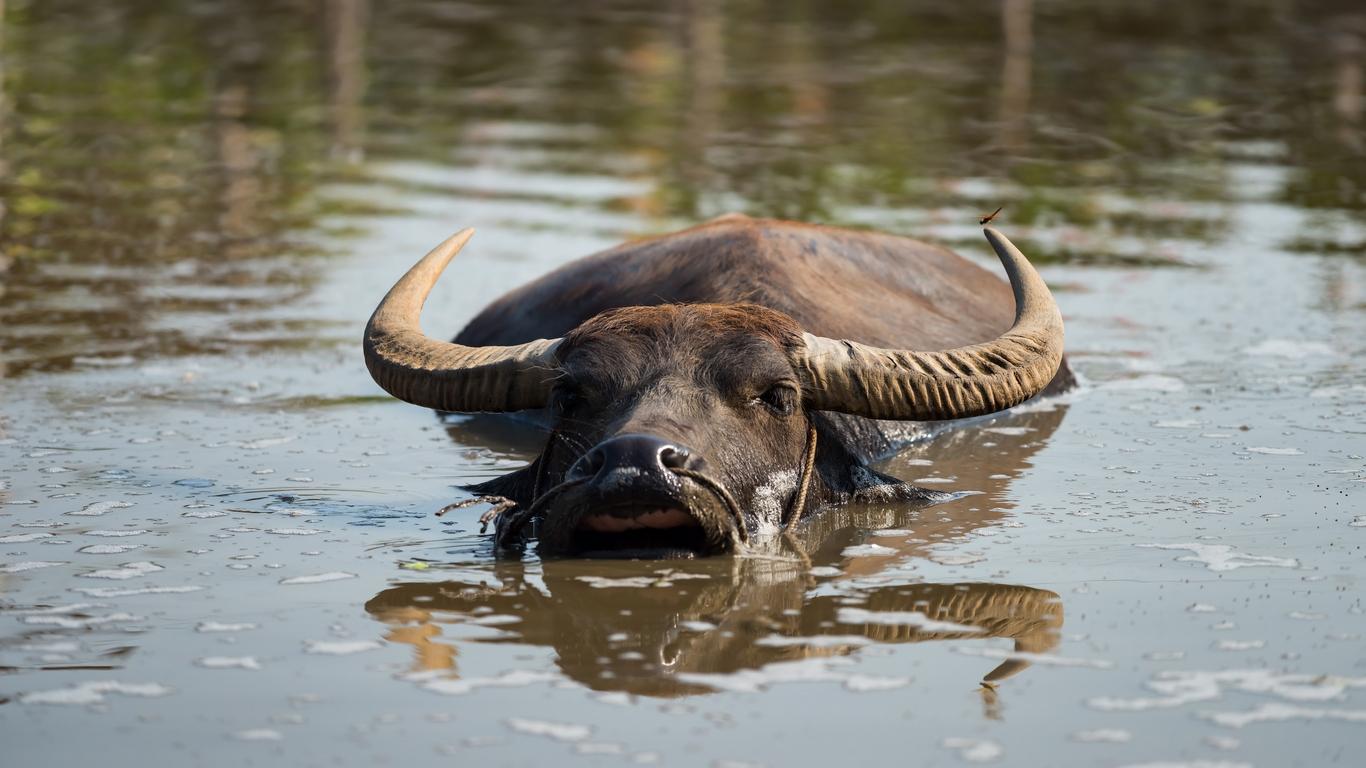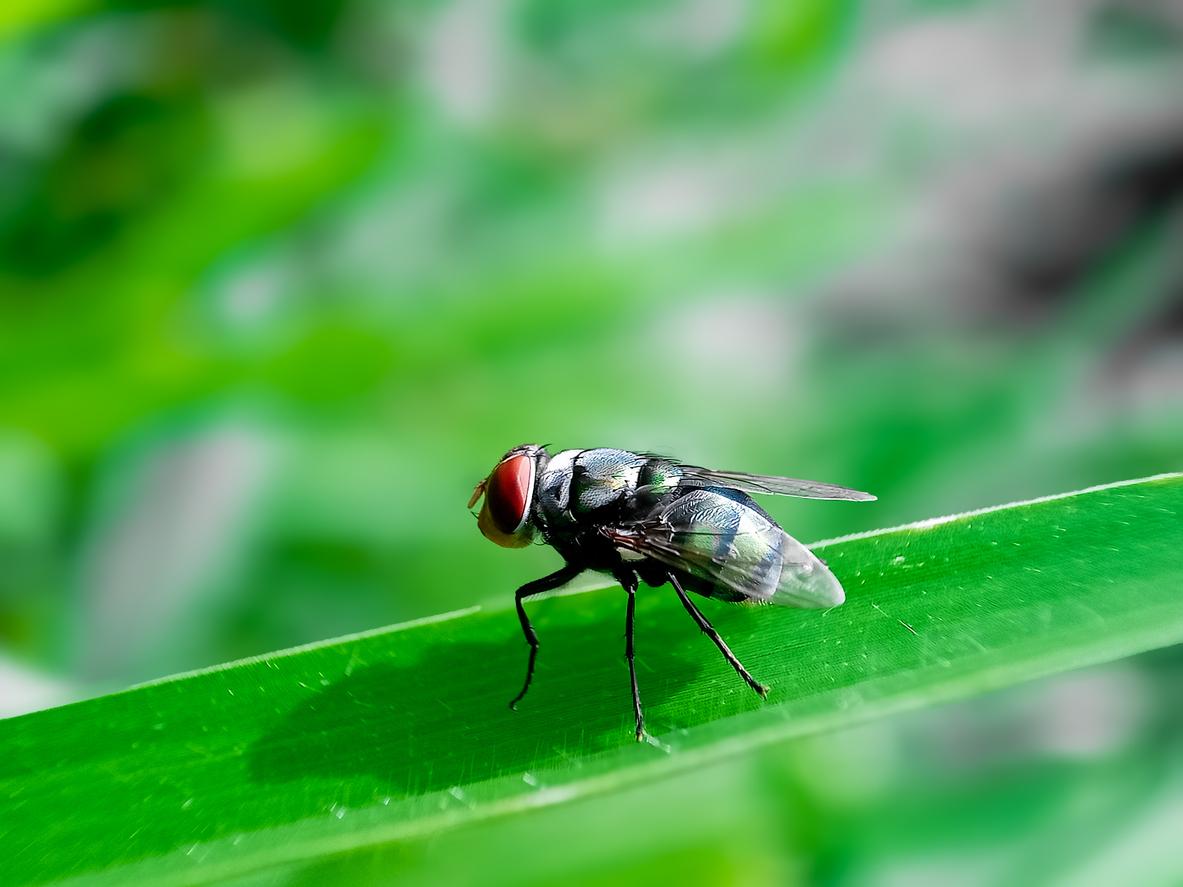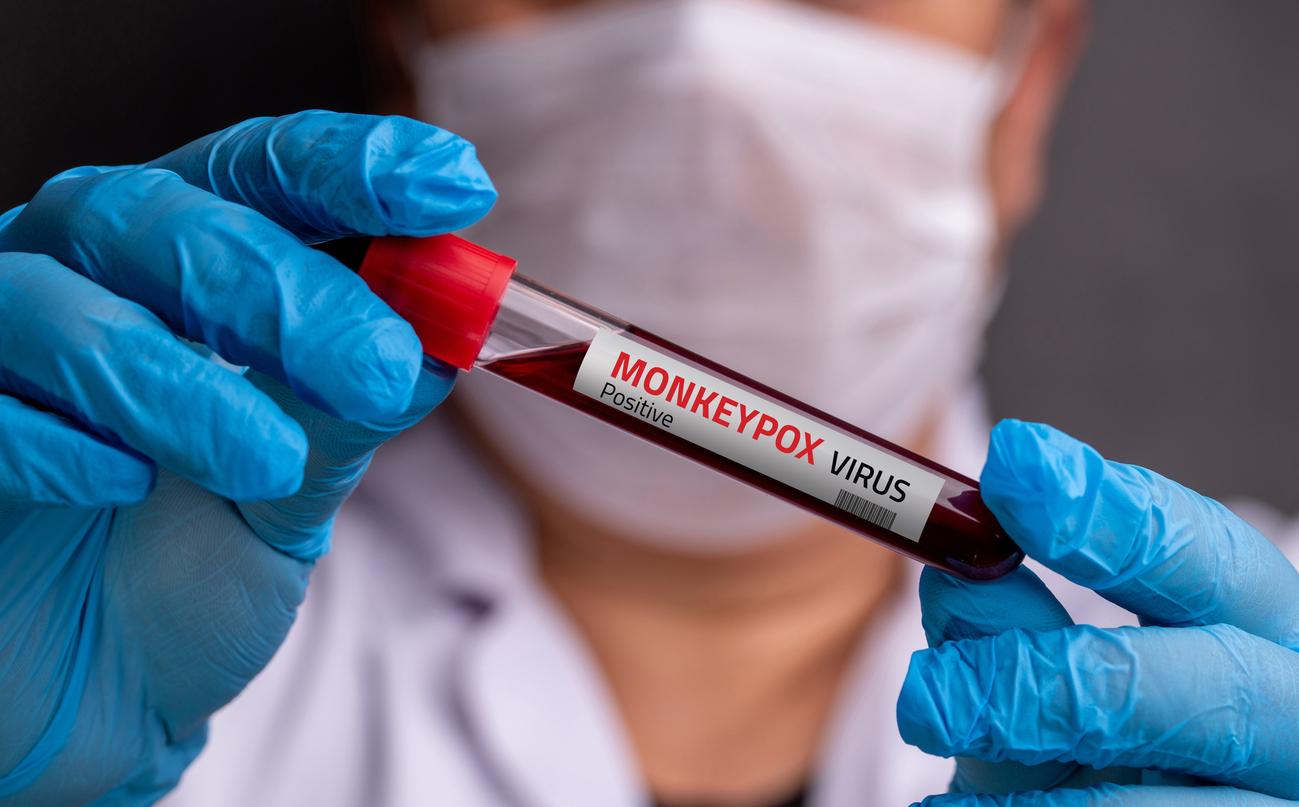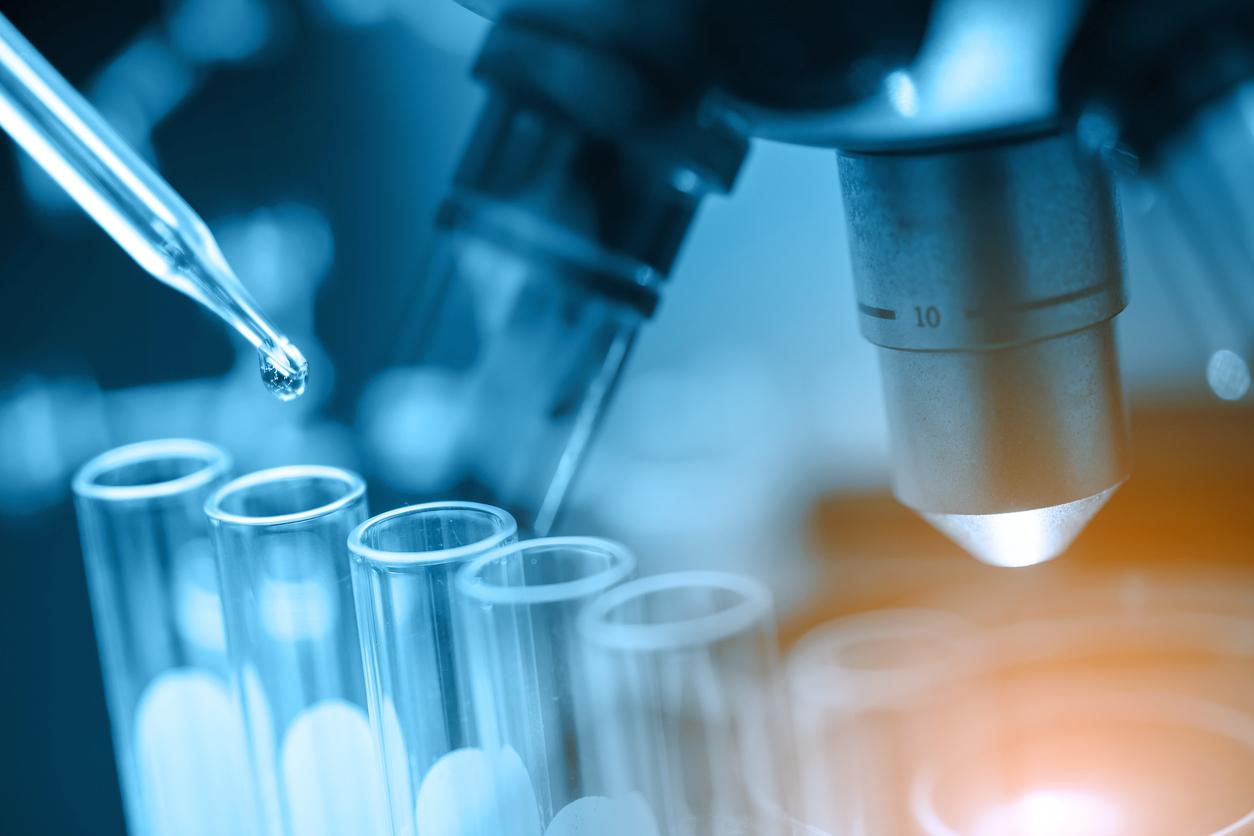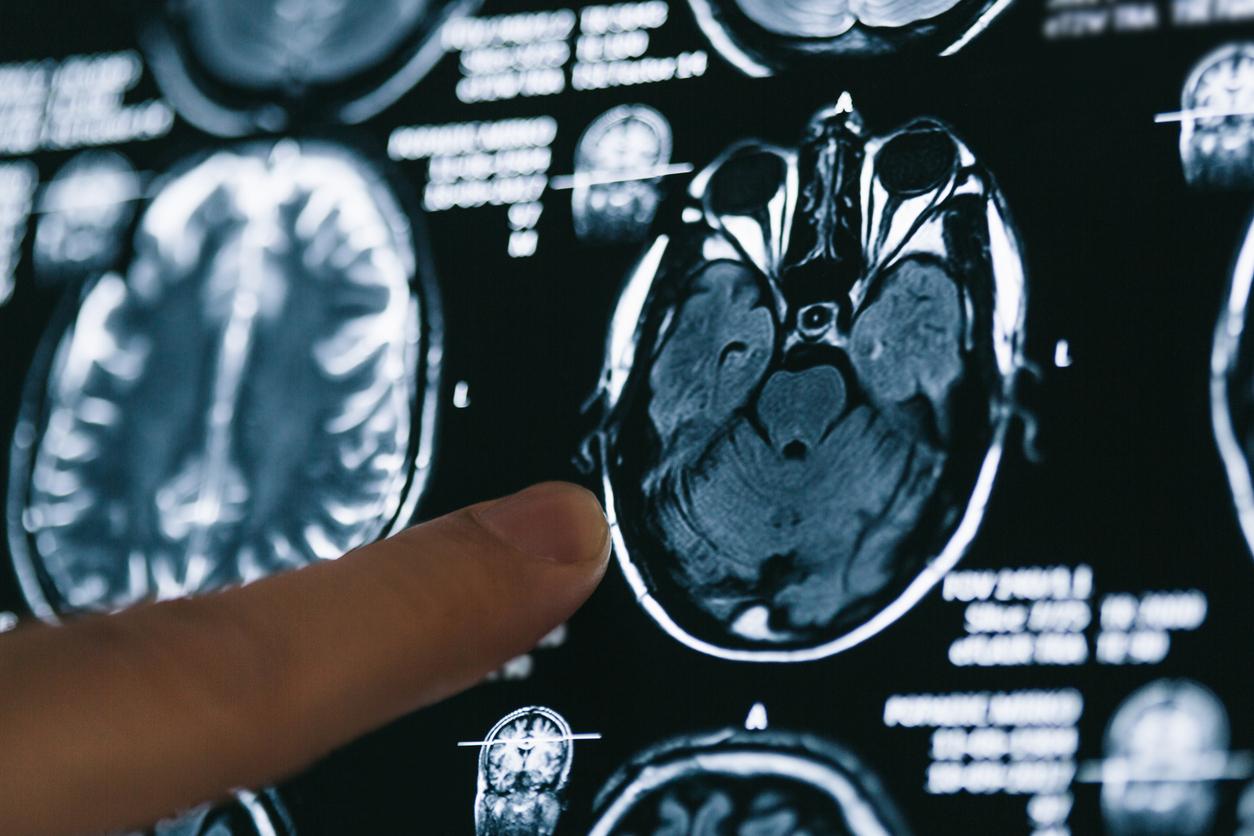Humans transmit twice as many viruses to domestic and wild animals as they catch, according to a large analysis by University College London.
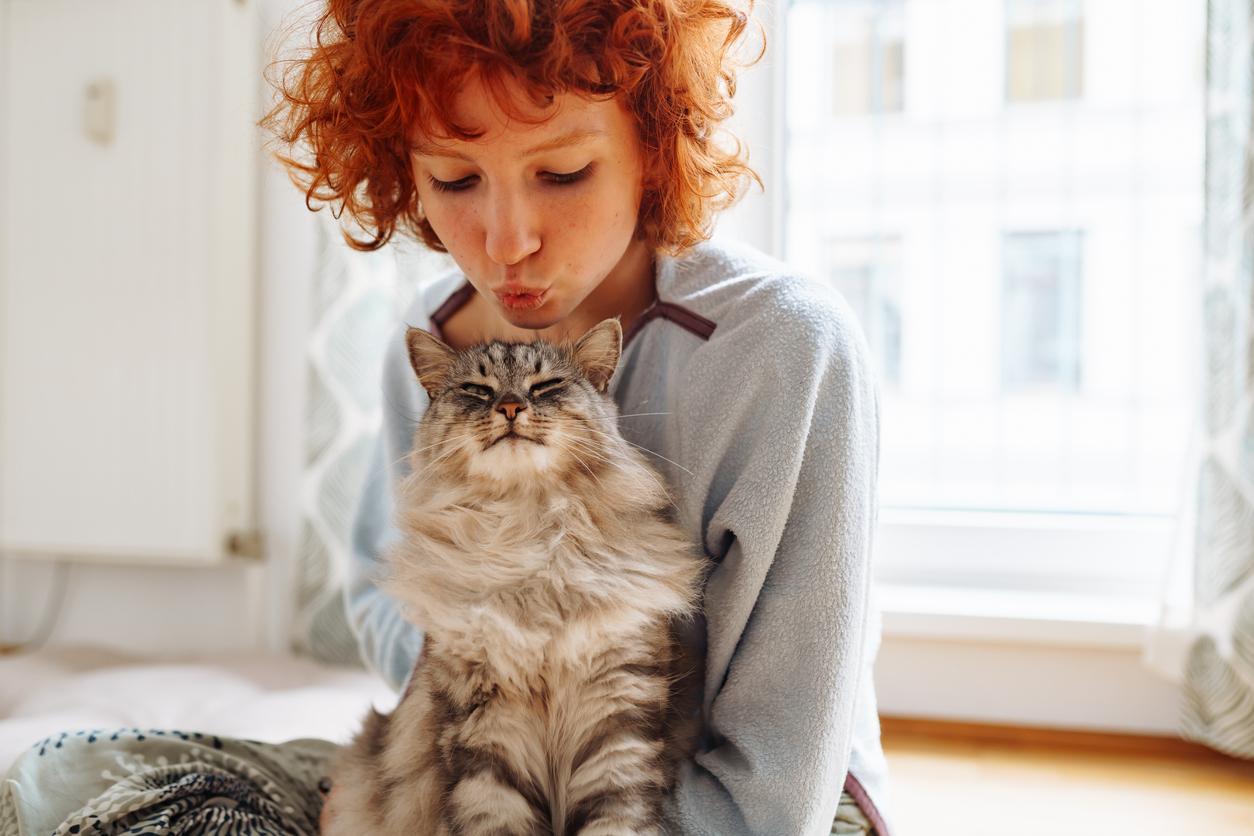
- Until now, it was accepted that humans were “virus sinks” rather than sources. But new work proves the opposite: humans transmit many more viruses to other animals than we imagined, far exceeding what they themselves communicate to us!
- To reach this conclusion, the research team analyzed nearly 12 million viral genomes available in public databases.
- “By monitoring the transmission of viruses between animals and humans, back and forth, we can better understand viral evolution and hopefully be better prepared for future outbreaks of new diseases, while contributing to conservation efforts “, said one of the authors of the study.
When a pathogen (bacteria, virus or parasite) circulating in non-human vertebrates is transmitted to humans, we speak of “zoonosis”. This term brings together many very varied diseases that can attack the respiratory sphere (coronavirus, avian flu, etc.), the nervous system (dengue fever, Nile virus, etc.) or the digestive system (Ebola, hepatitis E virus, etc.). ). They are therefore capable of causing epidemics, even pandemics, like that of Covid-19! Due to the numerous consequences of these zoonoses on public health, it was accepted that humans were “virus sinks” rather than sources. But this new work published in review Nature Ecology & Evolution prove the opposite: humans transmit many more viruses to animals than we imagined, far exceeding those that they themselves communicate to us!
“We give more viruses to animals than they give to humans”
“Infectious disease researchers have long known that we give viruses to animalsnotes in a press release Cedric Tan, doctoral student in molecular biology at University College London and first author of the study. But what is unexpected is that we actually give more viruses to animals than they give to humans!”
To reach this conclusion, the research team analyzed nearly 12 million viral genomes available in public databases. Leveraging this information with new methodological tools, they were able to reconstruct the evolutionary histories and past host hopping of viruses in 32 viral families. Scientists also took the opportunity to investigate which parts of the viral genomes acquired mutations during host jumps.
In total, they found that there was about twice as much host hopping from humans to other animals as the other way around. Specifically, they identified 2,904 host shifts, 79% of which were between non-human animals only. “The remaining 21% involved humans, including 64% humans to animals and 36% animals to humans, specifies the doctoral student. This highlights the huge impact we have on the environment and the animals around us.”
Genome: what happens when a virus passes from one species to another?
Another interesting piece of information: viruses that already infect many different animal species show “weaker signals” of this adaptive process. This may mean that when viruses have a “range” of hosts, it is certainly because they have intrinsic characteristics allowing them to infect all these hosts, unlike other viruses which must adapt by modifying their genome.
Monitor virus transmission to prepare for future outbreaks
“When animals catch viruses from humans, it can not only harm the animal and potentially pose a threat to the conservation of the species, but it can also cause new problems for humans, [par exemple] impacting food security when large numbers of livestock must be culled to prevent an outbreak, as has happened in recent years with the H5N1 strain of avian fluwarns Cedric Tan. Additionally, if a human-borne virus infects a new animal species, the virus could continue to thrive even if it is eradicated among humans, or even evolve, before eventually infecting humans again.”
“We should view humans as a node in a vast network of hosts constantly exchanging pathogens, rather than as a sink for zoonotic diseasesdeclared co-author, Professor François Balloux (UCL Genetics Institute). By monitoring the transmission of viruses between animals and humans, back and forth, we can better understand viral evolution and hopefully be better prepared for future outbreaks of new diseases, while contributing to conservation efforts.”









